30 Books Every Woman Should Read!
No, we’re not assuming your taste in literature is based on your gender. Rather, many of the books in this list actually questioned what it’s to be a “woman” long before today’s generation started to disavow the “binaries” of gender. Moreover, each one of them has a unique, personal story which has a lot to tell to people from all genders, but especially women and girls will find them pretty inspiring!
Like every list, this one is missing your voice. Comment if you have any books to recommend!
Book summaries were taken from Wikipedia.
1. "Anna Karenina," (1877) Leo Tolstoy
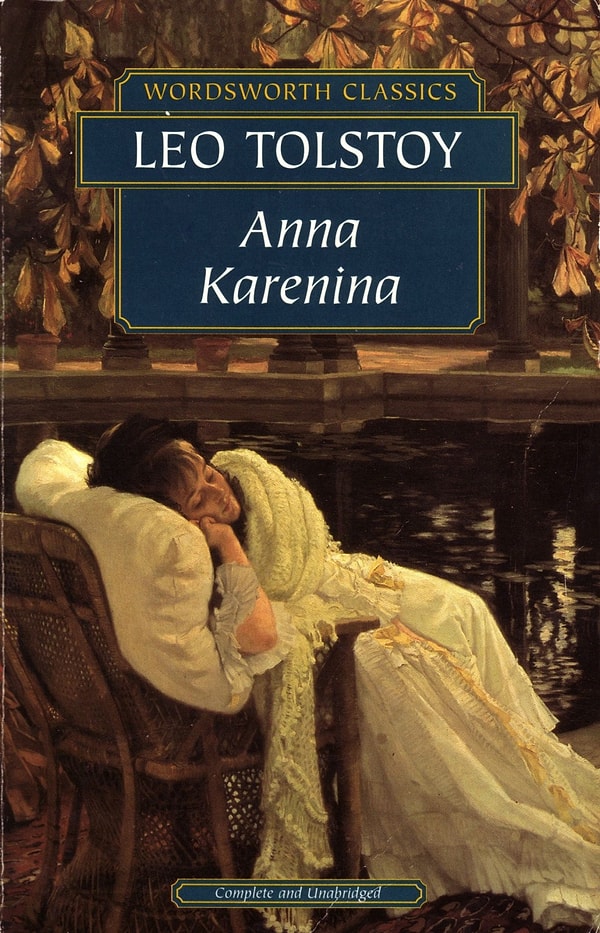
Widely regarded as a pinnacle in realist fiction, Anna Karenina recounts St. Petersburg aristocrat Anna Karenina's life story at the backdrop of the late-19th-century feudal Russian society. Having considered War and Peace, not a novel, Tolstoy considered Anna Karenina his first true novel. Fyodor Dostoyevsky declared it 'flawless as a work of art.' His opinion was shared by Vladimir Nabokov, who especially admired 'the flawless magic of Tolstoy's style,' and by William Faulkner, who described the novel as 'the best ever written.' The novel remains popular, as demonstrated by a 2007 poll of 125 contemporary authors in Time, which declared that Anna Karenina is the 'greatest book ever written.'
2. "Madame Bovary" (1856) Gustave Flaubert
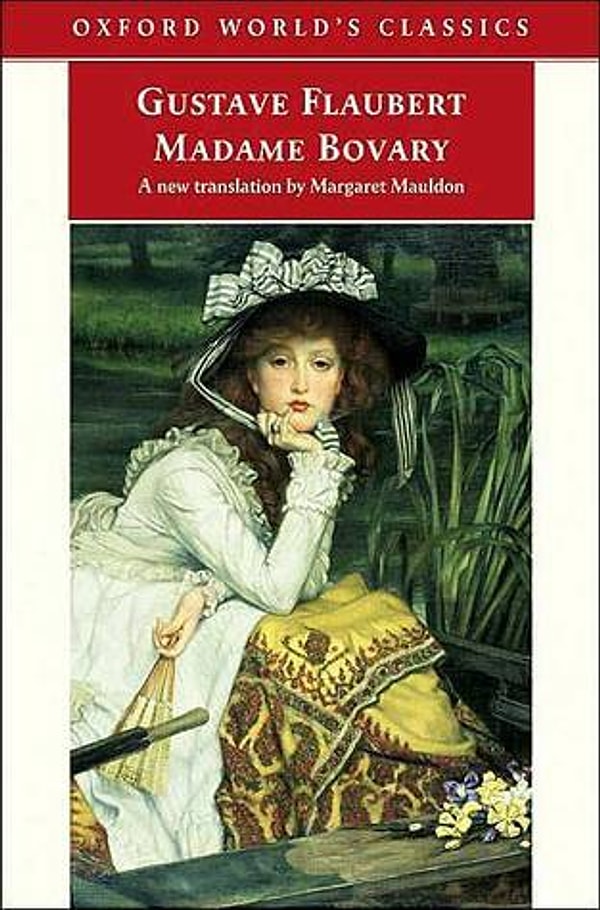
The story focuses on a doctor's wife, Emma Bovary, who has adulterous affairs and lives beyond her means in order to escape the banalities and emptiness of provincial life.
When the novel was first serialized, public prosecutors attacked the novel for obscenity. The resulting trial in January 1857 made the story notorious. After Flaubert's acquittal, Madame Bovary became a bestseller in April 1857 when it was published as a single volume. The novel is now considered Flaubert's masterpiece, as well as a seminal work of literary realism and one of the most influential novels.
3. "The Lily of the Valley" (1835) Honoré de Balzac
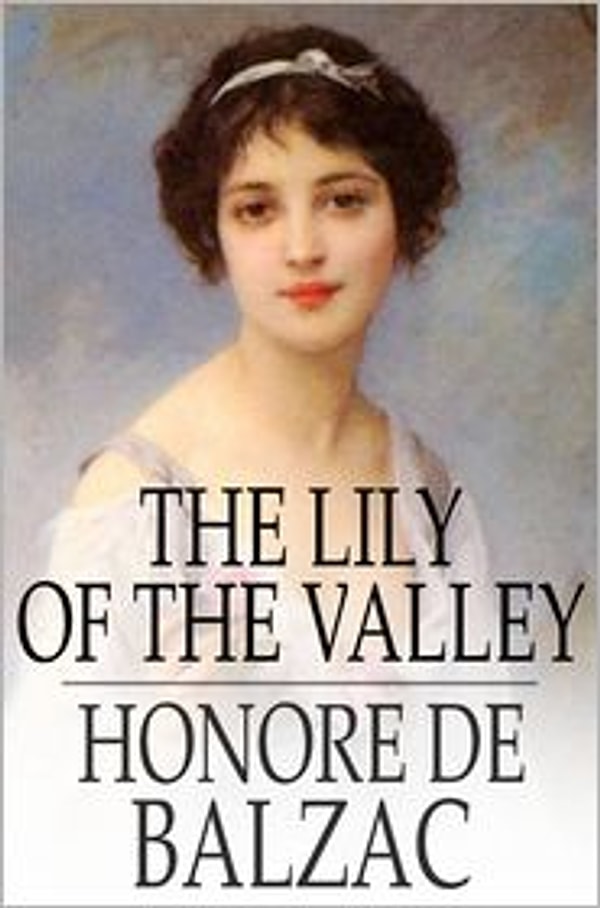
The Lily of the Valley is an 1835 novel about love and society. It concerns the affection — emotionally vibrant but never consummated — between Felix de Vandenesse and Henriette de Mortsauf. It is part of his series of novels known as La Comédie humaine (The Human Comedy), which parodies and depicts French society during the period of the Bourbon Restoration and the July Monarchy (1815–1848).
4. "Love in the Time of Cholera" (1985) Gabriel Garcia Marquez
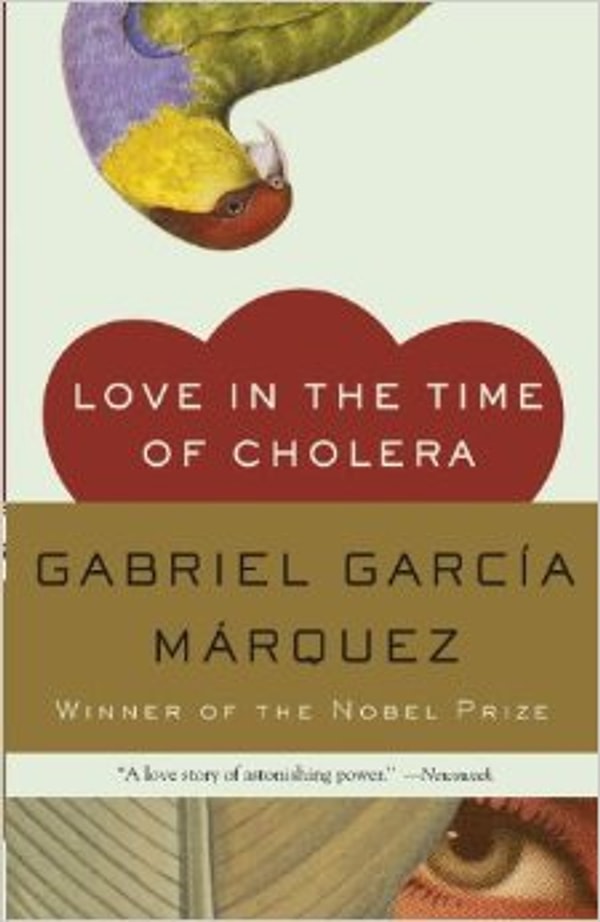
The main characters of the novel are Florentino Ariza and Fermina Daza. Florentino and Fermina fall in love in their youth. A secret relationship blossoms between the two with the help of Fermina's Aunt Escolástica. They exchange several love letters. However, once Fermina's father, Lorenzo Daza, finds out about the two, he forces his daughter to stop seeing Florentino immediately. When she refuses, he and his daughter move in with his deceased wife's family in another city. Regardless of the distance, Fermina and Florentino continue to communicate via telegraph. However, upon her return, Fermina realizes that her relationship with Florentino was nothing but a dream since they are practically strangers; she breaks off her engagement to Florentino and returns all his letters.
5. "Pride and Prejudice" (1813) Jane Austen
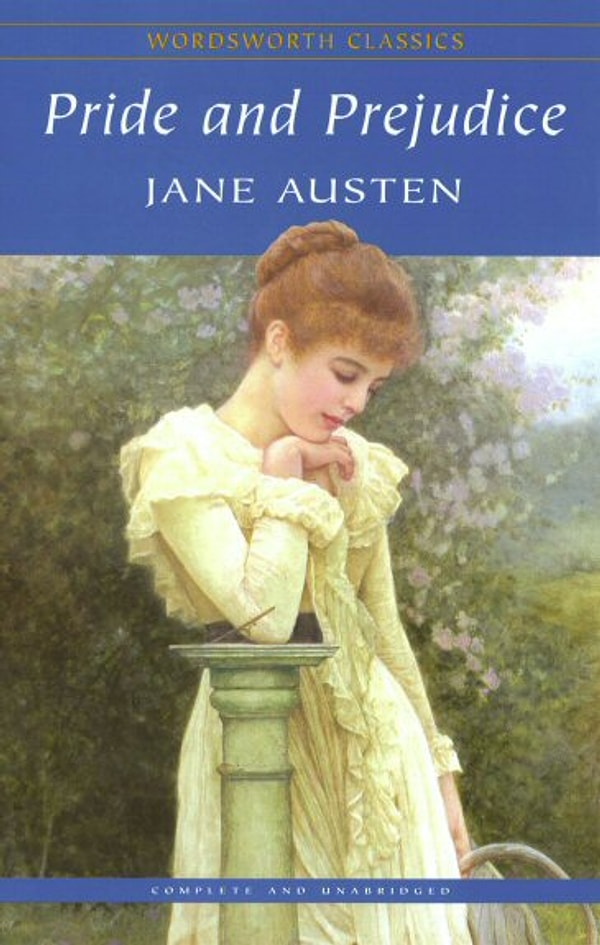
The story follows the main character, Elizabeth Bennet, as she deals with issues of manners, upbringing, morality, education, and marriage in the society of the landed gentry of the British Regency. Elizabeth is the second of five daughters of a country gentleman, Mr. Bennet, living in Longbourn.
Set in England in the late 18th century, Pride and Prejudice tells the story of Mr. and Mrs. Bennet's five unmarried daughters after two gentlemen have moved into their neighborhood: the rich and eligible Mr. Bingley, and his status-conscious friend, the even richer and more eligible Mr. Darcy. While Bingley takes an immediate liking to the eldest Bennet daughter, Jane, Darcy is disdainful of local society and repeatedly clashes with the Bennets' lively second daughter, Elizabeth.
Pride and Prejudice retains a fascination for modern readers, continuing near the top of lists of 'most loved books'. It has become one of the most popular novels in English literature, selling over 20 million copies, and receives considerable attention from literary scholars.
6. "Jane Eyre" (1847) Charlotte Brontë
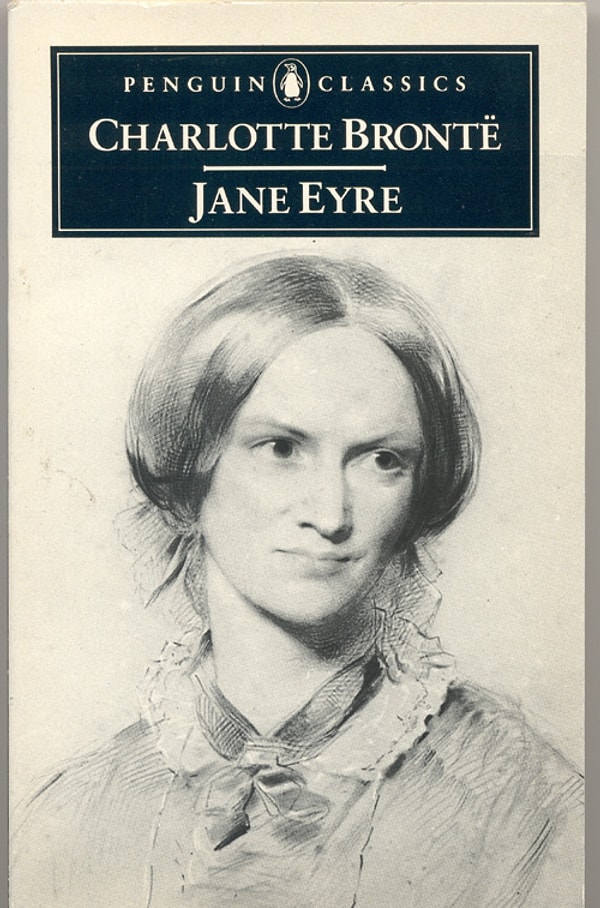
Primarily of the Bildungsroman genre, Jane Eyre follows the emotions and experiences of its eponymous heroine, including her growth to adulthood and her love for Mr. Rochester, the Byronic master of fictitious Thornfield Hall. In its internalization of the action—the focus is on the gradual unfolding of Jane's moral and spiritual sensibility, and all the events are colored by a heightened intensity that was previously the domain of poetry—Jane Eyrerevolutionised the art of fiction. Charlotte Brontë has been called the 'first historian of the private consciousness' and the literary ancestor of writers like Joyce and Proust. The novel contains elements of social criticism, with a strong sense of morality at its core, but is nonetheless a novel many consider ahead of its time given the individualistic character of Jane and the novel's exploration of classism, sexuality, religion, and proto-feminism.
7. "Wuthering Heights", (1847) Emily Brontë

Wuthering Heights is Emily Brontë's only novel. Written between October 1845 and June 1846, Wuthering Heights was published in 1847 under the pseudonym 'Ellis Bell'; Brontë died the following year, aged 30.
In 1801, Lockwood, a wealthy man from the South of England who is seeking peace and recuperation, rents Thrushcross Grange in Yorkshire. He visits his landlord, Heathcliff, who lives in a remote moorland farmhouse, Wuthering Heights. There Lockwood finds an odd assemblage: Heathcliff seems to be a gentleman, but his manners are uncouth; the reserved mistress of the house is in her mid-teens; and a young man who seems to be a member of the family, yet dresses and speaks as if he is a servant..
8. "Gone With The Wind" (1936) Margaret Mitchell
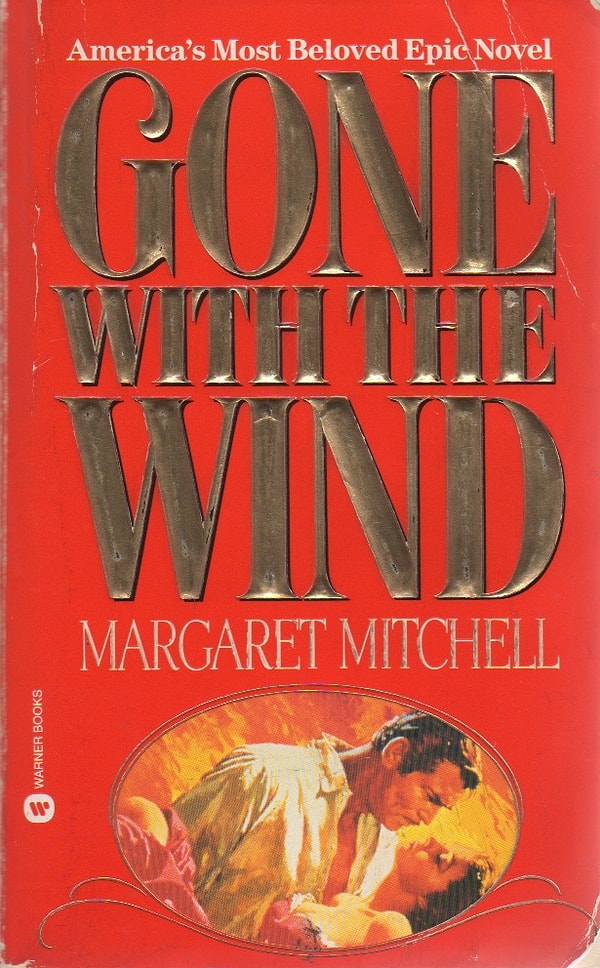
The story is set in Clayton County and Atlanta, both in Georgia, during the American Civil War and Reconstruction Era. It depicts the struggles of young Scarlett O'Hara, the spoiled daughter of a well-to-do plantation owner, who must use every means at her disposal to claw her way out of poverty following the destructive Sherman's March to the Sea. This historical novel features a Bildungsroman or coming-of-age story, with the title taken from a poem written by Ernest Dowson.
Gone with the Wind was popular with American readers from the outset and was the top American fiction bestseller in the year it was published and in 1937. As of 2014, a Harris poll found it to be the second favorite book of American readers, just behind the Bible. More than 30 million copies have been printed worldwide.
9. "Lady Chatterley's Lover" (1928) D.H. Lawrence
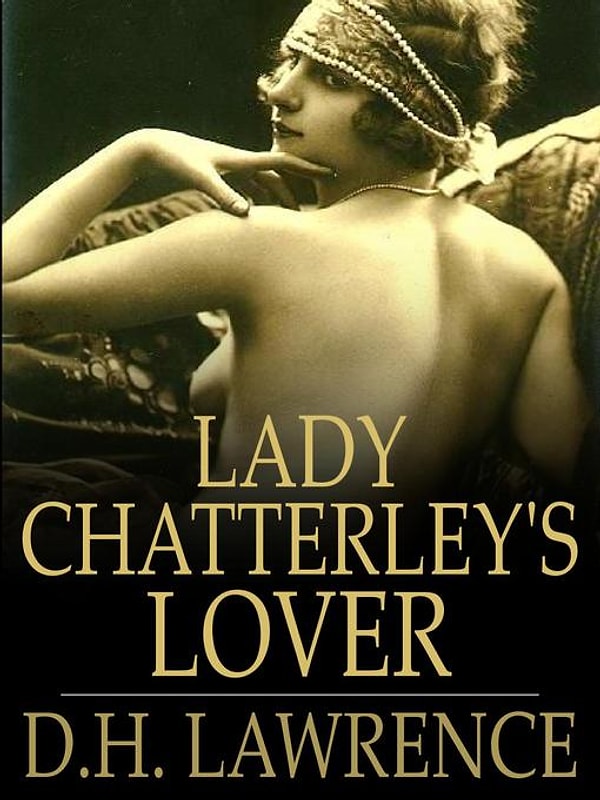
The story is said to have originated from events in Lawrence's own unhappy domestic life, and he took inspiration for the settings of the book from Eastwood, Nottinghamshire, where he grew up. According to some critics, the fling of Lady Ottoline Morrell with 'Tiger', a young stonemason who came to carve plinths for her garden statues, also influenced the story.
The story concerns a young married woman, Constance (Lady Chatterley), whose upper class husband, Clifford Chatterley, described as a handsome, well-built man, has been paralysed from the waist down due to a Great War injury. In addition to Clifford's physical limitations, his emotional neglect of Constance forces distance between the couple. Her sexual frustration leads her into an affair with the gamekeeper, Oliver Mellors. The class difference between the couple highlights a major motif of the novel which is the unfair dominance of intellectuals over the working class. The novel is about Constance's realization that she cannot live with the mind alone; she must also be alive physically...
10. "The Remains of the Day" (1989) Kazuo Ishiguro
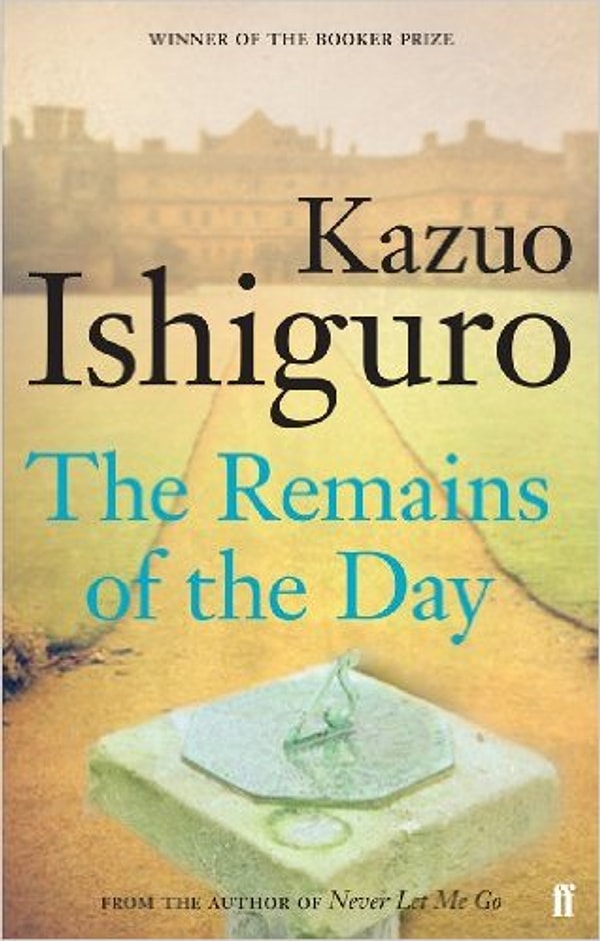
The Remains of the Day is a 1989 novel by Japanese-born British writer Kazuo Ishiguro. The work was awarded the Man Booker Prize for Fiction in 1989. A film adaptation of the novel, made in 1993 and starring Anthony Hopkins and Emma Thompson, was nominated for eight Academy Awards.
As in Ishiguro's two previous novels, the story is told from a first person point of view. The narrator, Stevens, a butler, recalls his life in the form of a diary while the action progresses through the present. Much of the novel is concerned with Stevens' professional and, above all, personal relationship with a former colleague, the housekeeper Miss Kenton.
11. "The Handmaid's Tale " (1985) Margaret Atwood
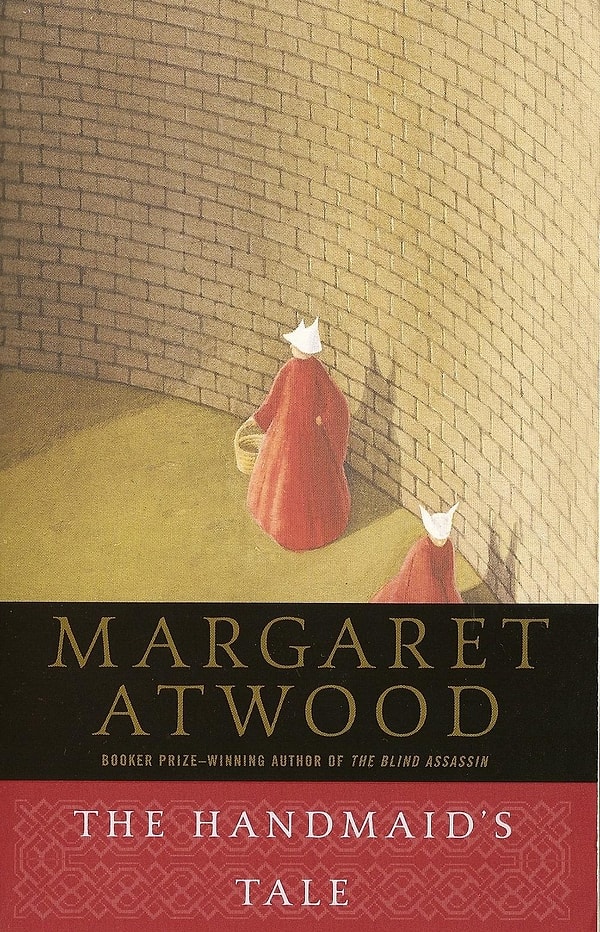
The dystopian novel The Handmaid's Tale (1985) is a work of speculative fiction. Set in a near-future North America, in a totalitarian theocracy which has overthrown the United Statesgovernment, The Handmaid's Tale explores themes of women in subjugation and the various means by which they gain agency. The novel's title echoes the component parts of Geoffrey Chaucer's The Canterbury Tales, which comprises a series of connected stories ('The Merchant's Tale', 'The Parson's Tale', etc.).
The Handmaid's Tale won the 1985 Governor General's Award and the first Arthur C. Clarke Award in 1987; it was also nominated for the 1986 Nebula Award, the 1986 Booker Prize, and the 1987 Prometheus Award. It has been adapted for the cinema, radio, opera, and stage. The Handmaid's Tale has never gone out of print since its first publication in 1985.
12. "The Diary of Anne Frank" (1947) Anne Frank
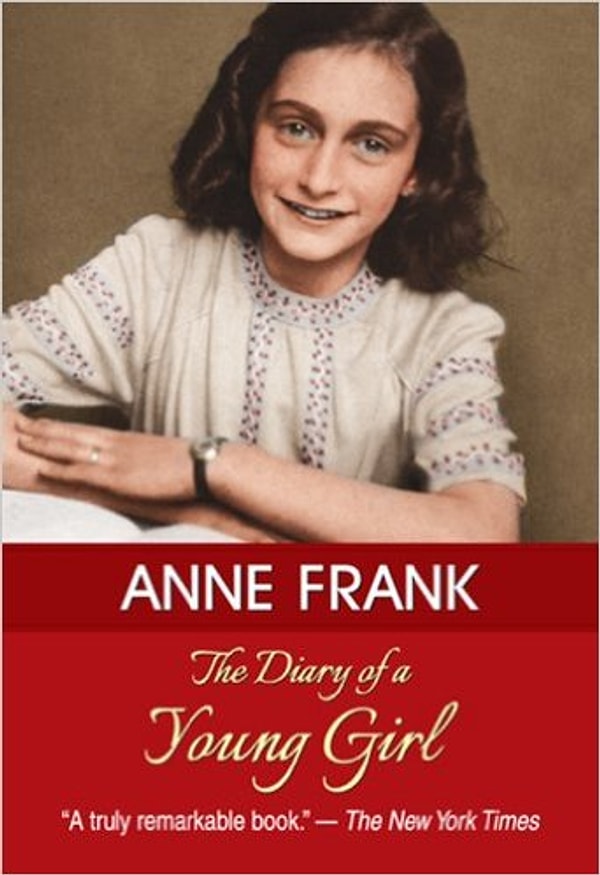
The Diary of a Young Girl (also known as The Diary of Anne Frank) is a book of the writings from the Dutch language diary kept by Anne Frank while she was in hiding for two years with her family during the Nazi occupation of the Netherlands. The family was apprehended in 1944, and Anne Frank died of typhus in the Bergen-Belsen concentration camp. The diary was retrieved by Miep Gies, who gave it to Anne's father, Otto Frank, the family's only known survivor just after the war was over. The diary has since been published in more than 60 languages.
13. "I Know Why the Caged Bird Sings" (1969) Maya Angelou
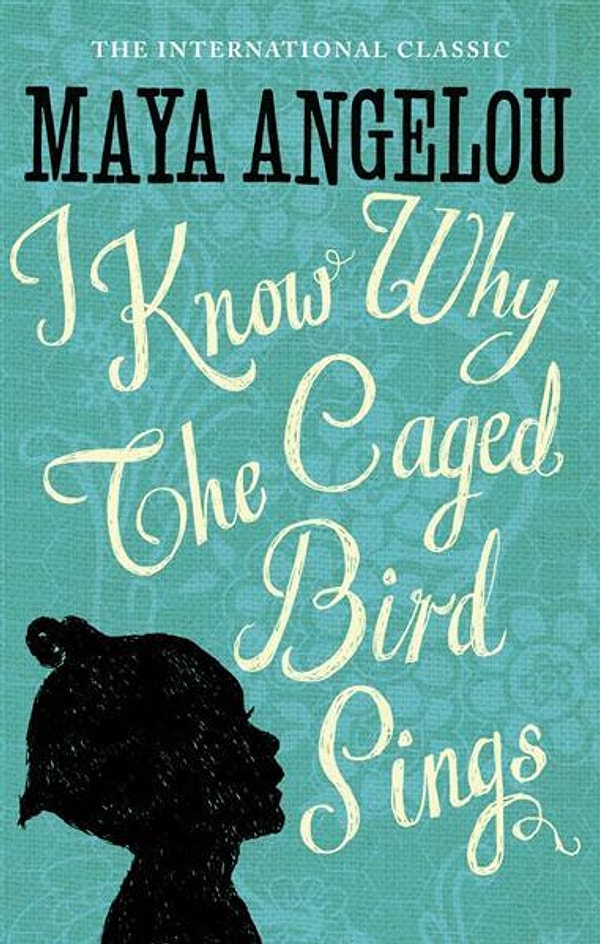
I Know Why the Caged Bird Sings is a 1969 autobiography about the early years of American writer and poet Maya Angelou. The first in a seven-volume series, it is a coming-of-age story that illustrates how strength of character and a love of literature can help overcome racism and trauma. The book begins when three-year-old Maya and her older brother are sent to Stamps, Arkansas, to live with their grandmother and ends when Maya becomes a mother at the age of 16. In the course of Caged Bird, Maya transforms from a victim of racism with an inferiority complex into a self-possessed, dignified young woman capable of responding to prejudice.
14. "Beloved" (1987) Toni Morrison
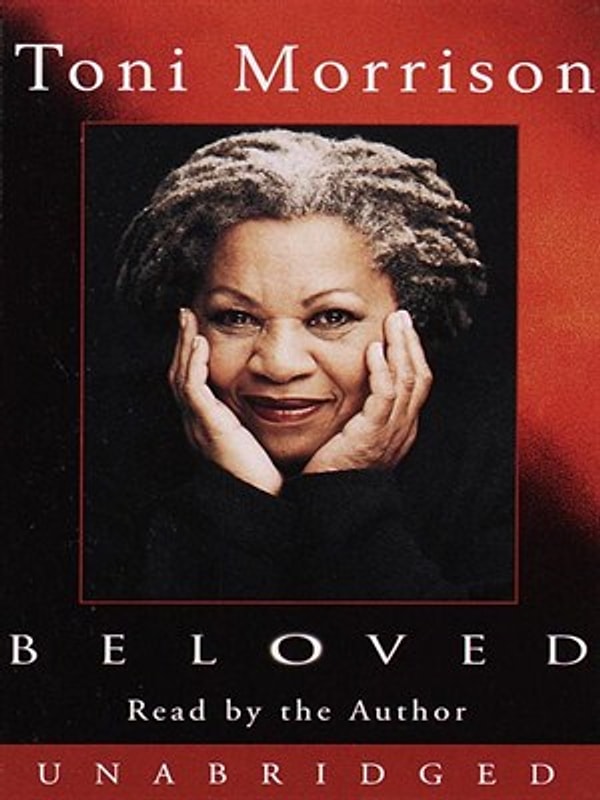
Set after the American Civil War (1861–1865), it is inspired by the story of an African American slave, Margaret Garner, who escaped slavery in Kentucky late January 1856 by fleeing to Ohio, a free state. In the novel, the protagonist Sethe is also a slave who escapes slavery, running to Cincinnati, Ohio. After twenty-eight days of freedom, a posse arrives to retrieve her and her children under the Fugitive Slave Act of 1850, which gave slave owners the right to pursue slaves across state borders. Sethe kills her two-year-old daughter rather than allow her to be recaptured and taken back to Sweet Home, the Kentucky plantation from which Sethe recently fled. A woman presumed to be her daughter, called Beloved, returns years later to haunt Sethe's home at 124 Bluestone Road, Cincinnati, Ohio. The story opens with an introduction to the ghost: '124 was spiteful. Full of a baby's venom.'
The novel won the Pulitzer Prize for Fiction in 1988 and was a finalist for the 1987 National Book Award. It was adapted during 1998 into a movie of the same name starring Oprah Winfrey. A New York Times survey of writers and literary critics ranked it the best work of American fiction from 1981 to 2006.
15. "Uncle Tom's Cabin" (1852) Harriet Beecher Stowe
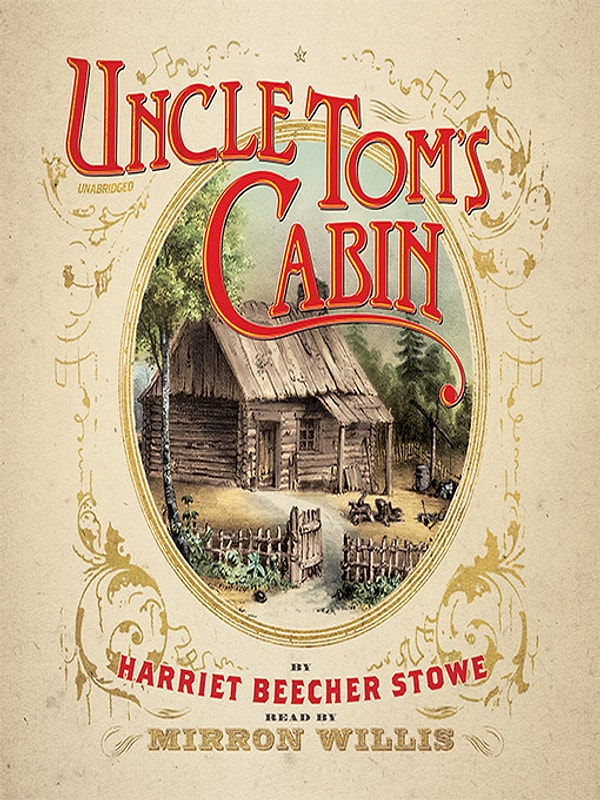
Uncle Tom's Cabin; or, Life Among the Lowly, is an anti-slavery novel by American author Harriet Beecher Stowe. Published in 1852, the novel 'helped lay the groundwork for the Civil War', according to Will Kaufman.
Stowe, a Connecticut-born teacher at the Hartford Female Seminary and an active abolitionist, featured the character of Uncle Tom, a long-suffering black slave around whom the stories of other characters revolve. The sentimental novel depicts the reality of slavery while also asserting that Christian love can overcome something as destructive as enslavement of fellow human beings.
Uncle Tom's Cabin was the best-selling novel of the 19th century and the second best-selling book of that century, following the Bible. It is credited with helping fuel the abolitionist cause in the 1850s.
16. "To Kill a Mockingbird" (1960) Harper Lee
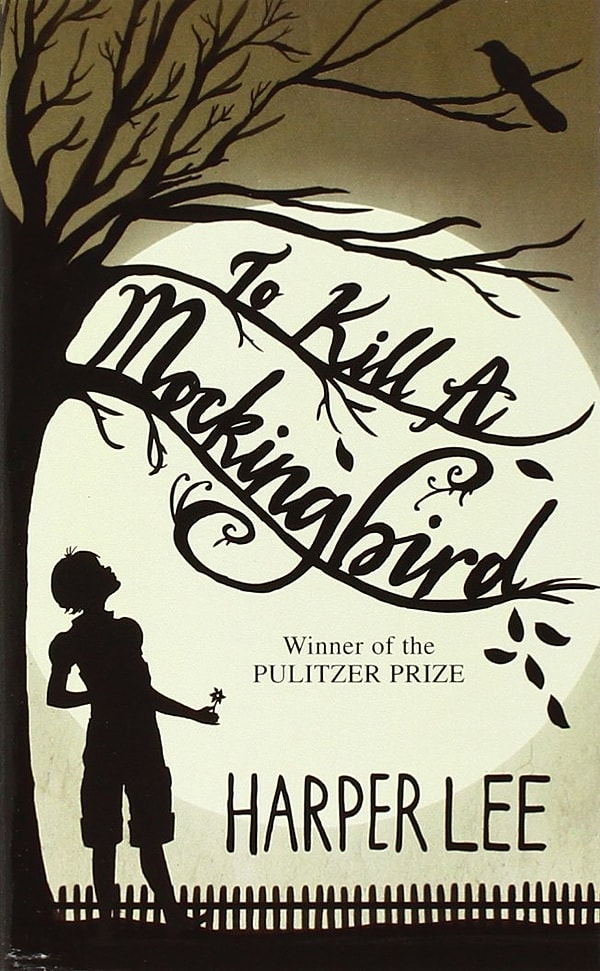
To Kill a Mockingbird is a novel by Harper Lee published in 1960. It was immediately successful, winning the Pulitzer Prize, and has become a classic of modern American literature. The plot and characters are loosely based on the author's observations of her family and neighbors, as well as on an event that occurred near her hometown in 1936, when she was 10 years old.
The novel is renowned for its warmth and humor, despite dealing with the serious issues of rape and racial inequality. The narrator's father, Atticus Finch, has served as a moral hero for many readers and as a model of integrity for lawyers. One critic explains the novel's impact by writing, 'In the twentieth century, To Kill a Mockingbirdis probably the most widely read book dealing with race in America, and its protagonist, Atticus Finch, the most enduring fictional image of racial heroism.'
As a Southern Gothic novel and a Bildungsroman, the primary themes of To Kill a Mockingbird involve racial injustice and the destruction of innocence.
17. "Eat, Pray, Love" (2006) Elizabeth Gilbert
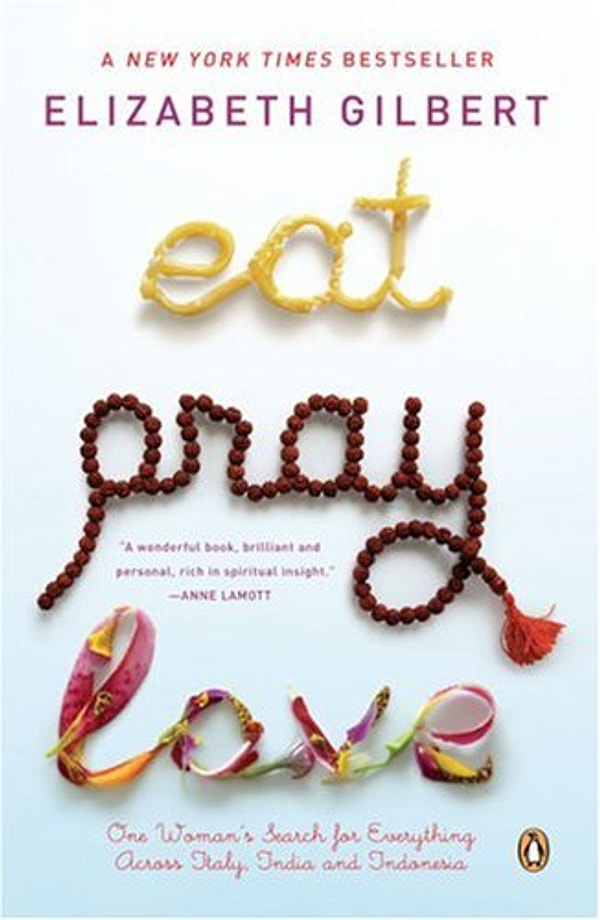
Eat, Pray, Love: One Woman's Search for Everything Across Italy, India and Indonesia is a 2006 memoir by American author Elizabeth Gilbert. The memoir chronicles the author's trip around the world after her divorce and what she discovered during her travels. The book remained on The New York Times Best Seller list for 187 weeks. The film version, which stars Julia Roberts and Javier Bardem, was released in theaters on August 13, 2010.
18. "The Second Sex" (1949) Simone de Beauvoir
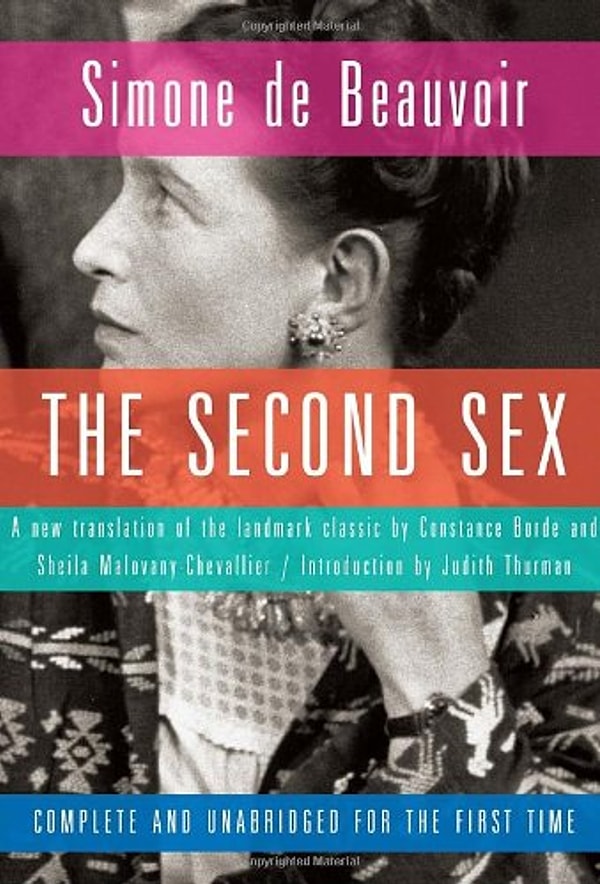
The Second Sex is a 1949 book by the French existentialist Simone de Beauvoir. One of her best-known books, it deals with the treatment of women throughout history and is often regarded as a major work of feminist philosophy and the starting point of second-wave feminism. Beauvoir researched and wrote the book in about 14 months when she was 38 years old.
19. "The Bell Jar" (1963) Sylvia Plath
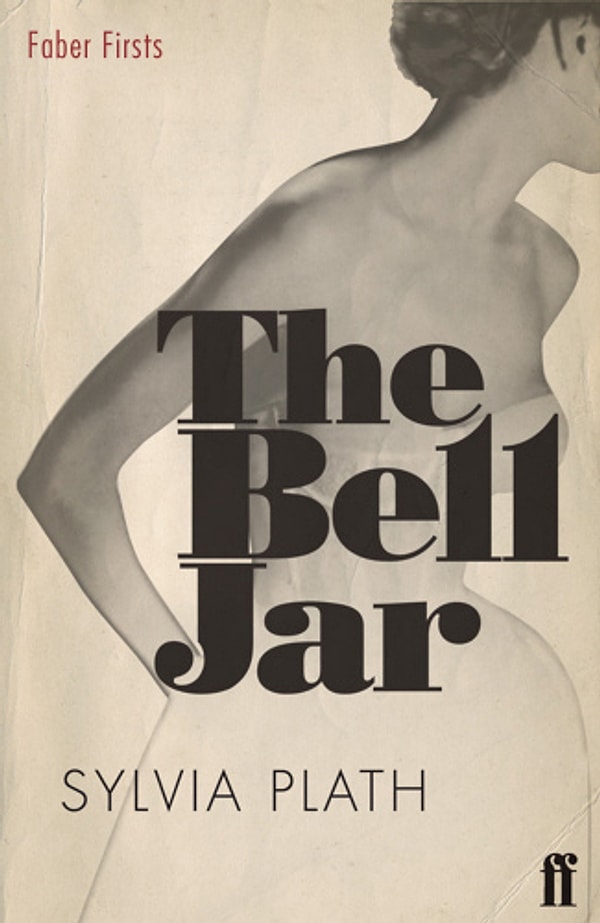
The Bell Jar is the only novel written by the American writer and poet Sylvia Plath. Originally published under the pseudonym 'Victoria Lucas' in 1963, the novel is semi-autobiographical, with the names of places and people changed. The book is often regarded as a roman à clef since the protagonist's descent into mental illness parallels Plath's own experiences with what may have been clinical depression. Plath died by suicide a month after its first UK publication. The novel was published under Plath's name for the first time in 1967 and was not published in the United States until 1971, in accordance with the wishes of both Plath's husband, Ted Hughes, and her mother. The novel has been translated into nearly a dozen languages. The novel, though dark, is often read in high school English classes.
20. "White Teeth" (2000) Zadie Smith
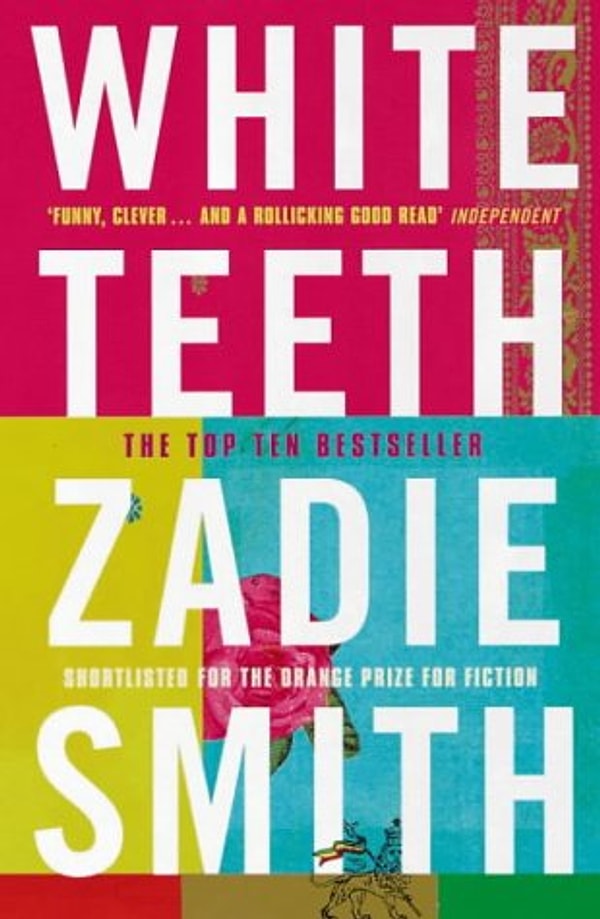
White Teeth focuses on the later lives of two wartime friends—the Bangladeshi Samad Iqbal and the Englishman Archie Jones—and their families in London. The novel is centered around Britain's relationships with people from formerly colonized countries in Africa, Asia, and the Caribbean.
The book won multiple honors, including the 2000 James Tait Black Memorial Prize for fiction, the 2000 Whitbread Book Award in category best first novel, the Guardian First Book Award, the Commonwealth Writers First Book Prize, and the Betty Trask Award. Time magazine included the novel in its TIME 100 Best English-language Novels from 1923 to 2005.
21. "A Room of One's Own" (1929) Virginia Woolf

A Room of One's Own is an extended essay by Virginia Woolf. It was based on a series of lectures she delivered at Newnham College and Girton College, two women's colleges at Cambridge University in October 1928. While this extended essay in fact employs a fictional narrator and narrative to explore women both as writers of and characters in fiction, the manuscript for the delivery of the series of lectures, titled 'Women and Fiction', which was published in Forum March 1929, and hence the essay, are considered non-fiction.The essay is generally seen as a feminist text, and is noted in its argument for both a literal and figural space for women writers within a literary tradition dominated by men.
22. "One Hundred Years of Solitude" (1967) Gabriel García Márquez
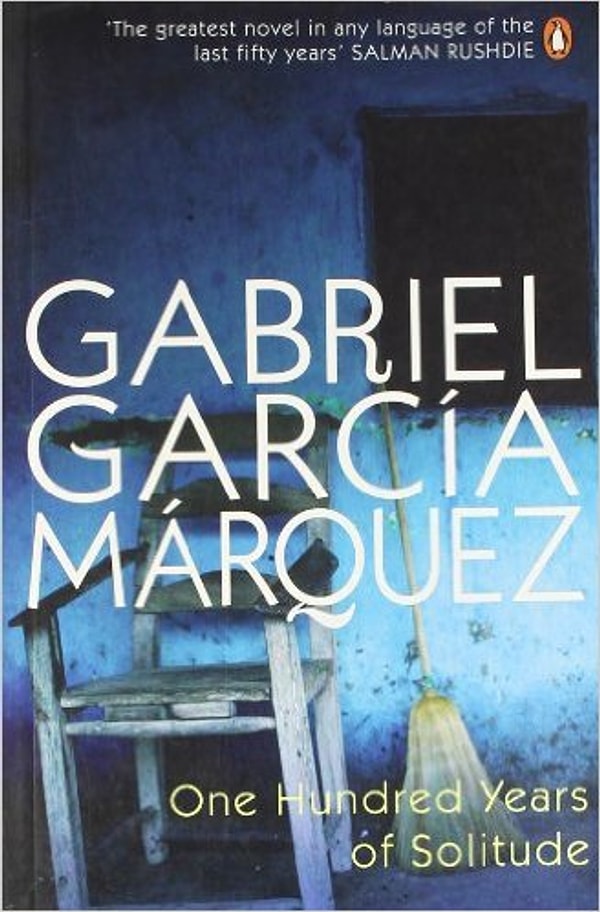
The book tells the multi-generational story of the Buendía family, whose patriarch, José Arcadio Buendía, founds the town of Macondo, the metaphoric Colombia.
The magical realist style and thematic substance of One Hundred Years of Solitude established it as an important representative novel of the literary Latin American Boom of the 1960s and 1970s, which was stylistically influenced by Modernism (European and North American) and the Cuban Vanguardia (Avant-Garde) literary movement.
Since it was first published in 1967, One Hundred Years of Solitude has been translated into 37 languages and has sold more than 30 million copies. The novel, considered García Márquez's magnum opus, remains widely acclaimed, and is recognized as one of the most significant works in the Spanish literary canon.
23. “A Vindication of the Rights of Woman" (1792) Mary Wollstonecraft

A Vindication of the Rights of Woman: with Strictures on Political and Moral Subjects is one of the earliest works of feminist philosophy. In it, Wollstonecraft responds to those educational and political theorists of the 18th century who did not believe women should have an education. She argues that women ought to have an education commensurate with their position in society, claiming that women are essential to the nation because they educate its children and because they could be 'companions' to their husbands, rather than mere wives. Instead of viewing women as ornaments to society or property to be traded in marriage, Wollstonecraft maintains that they are human beings deserving of the same fundamental rights as men.
24. "The Sexual Politics of Meat" (1990) Carol J. Adams

The Sexual Politics of Meat: A Feminist-Vegetarian Critical Theory explores a relationship between patriarchal values and meat eating by interweaving the insights of feminism, vegetarianism, animal defense, and literary theory.
It argues that male dominance and animals’ oppression are linked by the way that both women and animals function as absent referents in meat eating and dairy production, and that feminist theory logically contains a vegan critique...just as veganism covertly challenges patriarchal society. Patriarchy is a gender system that is implicit in human/animal relationships.
25. "Gender Trouble" (1990) Judith Butler

Butler argues that gender is a kind of improvised performance. The work is influential in feminism, women's studies, lesbian and gay studies, and queer theory. Butler's ideas about gender came to be seen as foundational to queer theory and the advancing of dissident sexual practices during the 1990s.
Butler criticizes one of the central assumptions of feminist theory: the supposition that there exists an identity and a subject that requires representation in politics and language. For Butler, 'women' and 'woman' are fraught categories, complicated by factors such as class, ethnicity, and sexuality. Moreover, the universality presumed by these terms parallels the assumed universality of the patriarchy, and erases the particularity of oppression in distinct times and places.
26. "The Left Hand of Darkness" (1969) Ursula K. Le Guin

The novel became immensely popular; in 1970 it won both the Hugo and Nebula Awards as the year's Best Novel, and established Le Guin's status as a major author of science fiction.
The novel follows the story of Genly Ai, a native of Terra, who is sent to the planet of Gethen as an envoy of the Ekumen, a loose confederation of planets. Ai's mission is to persuade the nations of Gethen to join the Ekumen, but he is stymied by his lack of understanding of Gethenian culture. Individuals on Gethen are 'ambisexual', with no fixed gender identity. This fact has a strong influence on the culture of the planet, and creates a barrier of understanding for Ai. Left Hand was among the first books published in the feminist science fiction genre and the most famous examination of androgyny in science fiction. A major theme of the novel is the effect of sex and gender on culture and society, in particular through the relationship between Ai and Estraven, a Gethenian politician who trusts and helps him. Within that context the novel also explores the interaction between the unfolding loyalties of its main characters, the loneliness and rootlessness of Ai, and the contrast between the religions of Gethen's two major nations. The theme of gender also touched off a feminist debate when it was first published, over depictions of the ambisexual Gethenians.
27. "The House of the Spirits", (1982) Isabel Allende

The House of the Spirits is the debut novel of Isabel Allende. The novel was rejected by several Spanish-language publishers before being published in Buenos Aires in 1982. It became an instant best seller, was critically acclaimed, and catapulted Allende to literary stardom. The novel was named Best Novel of the Year in Chile in 1982. The House of the Spirits has been translated into over 37 languages.
The book was first conceived by Allende when she received news that her 100-year-old grandfather was dying. She began to write him a letter that ultimately became the manuscript of The House of the Spirits.
The story details the life of the Trueba family, spanning four generations, and tracing the post-colonial social and political upheavals of Chile – though the country's name, and the names of figures closely paralleling historical ones, such as 'the President' or 'the Poet', are never explicitly given. The story is told mainly from the perspective of two protagonists (Esteban and Alba) and incorporates elements of magical realism.
28. "The God of Small Things" (1997) Arundhati Roy

The God of Small Things is the debut novel of Indian writer Arundhati Roy. It is a story about the childhood experiences of fraternal twins whose lives are destroyed by the 'Love Laws' that lay down 'who should be loved, and how. And how much.' The book explores how the small things affect people's behavior and their lives. It won the Booker Prize in 1997.
The story is set in Ayemenem, now part of Kottayam district in Kerala, India. The temporal setting shifts back and forth between 1969, when fraternal twins Rahel and Esthappen are seven years old, and 1993, when the twins are reunited at the age of 31. Malayalam words are liberally used in conjunction with English. Facets of Kerala life captured by the novel are Communism, the caste system and the Keralite Syrian Christian way of life.
29. "Living My Life" (2006) Emma Goldman

Living My Life is the 993-page autobiography of Lithuanian-born anarchist Emma Goldman, published in two volumes in 1931 and 1934. Goldman wrote it in Saint-Tropez, France, following her disillusionment with the Bolshevik role in the Russian revolution. The text thoroughly covers her personal and political life from early childhood through to 1927, and has constantly remained in print since, in original and abridged editions. Since the autobiography was published nine years before Goldman died in 1940, it does not record her role in the Spanish Civil War.
30. "Women Who Run With the Wolves" (1996) Clarissa Pinkola Estes.

larissa Pinkola Estes, Ph.D., Jungian analyst and cantadora storyteller shows how women's vitality can be restored through what she calls 'psychic archeological digs' into the ruins of the female unconsious. Using multicultural myths, fairy tales, folk tales, and stories, Dr. Estes helps women reconnect with the healthy, instinctual, visionary attributes of the Wild Woman archetype.
Dr. Estes has created a new lexicon for describing the female psyche. Fertile and life-giving, it is a psychology of women in the truest sense, a knowing of the soul.
Keşfet ile ziyaret ettiğin tüm kategorileri tek akışta gör!


Send Comment